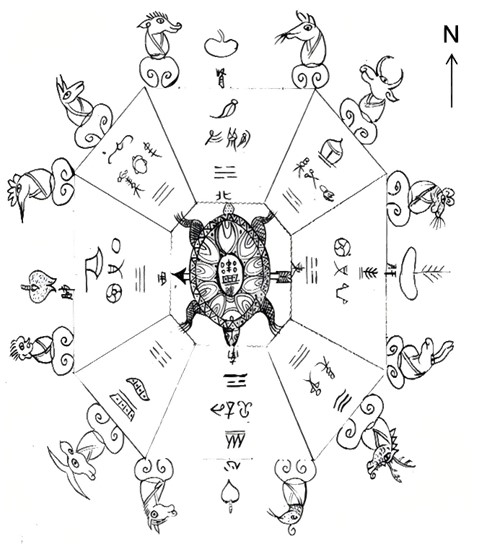On the Margins of TCM and Modern Medicine: Ethnomedical Healers Seeking Official Qualification Certification
Abstract
This study focuses on ethnomedical healers in Lijiang, Yunnan Province, China, and adopts the perspective of medical anthropology to examine, through field work, in-depth interview, and case study, institutional shortcomings and individual predicaments ethnomedical healers face in seeking the legal status for medical practice under the modern medicine and the “Traditional Chinese Medicine (TCM) Specialist” systems. The current assessment system and ethnomedical practice are not aligned in terms of theoretical frameworks, diagnostic and treatment methods, and linguistic logic. Particularly, the systematic discrepancy between the knowledge system required by standardized examinations and ethnomedical healers’ experiential knowledge system has resulted in a large number of “skilled but uncertified” ethnomedical healers struggling to gain official recognition. This study aims to explore the possibility of institutional reform and the coexistence of diverse medical systems by probing into the institutional challenges facing ethnomedicine from the perspective of modern medicine.
References
[2] Fang, X. (2024). Barefoot doctors and western medicines in China (G. Dong et al., Trans.). Social Sciences Academic Press. (Original work published 2024)
[3] The State Council. (2024). Administrative regulations on the medical practice of rural doctors (Decree No. 386 of the State Council). https://www.gov.cn/zwgk/2005-05/23/content_165.htm
[4] Ministry of Health of the People’s Republic of China. (2006). Measures on the qualification assessment and examination of traditional medicine apprentices and specialists (Decree No. 52 of the Ministry of Health). https://www.nhc.gov.cn/wjw/c100221/202201/6ce13fc2e98f4e35973ef62d1e6f32da.shtml
[5] National Health and Family Planning Commission. (2017). Interim administrative measures for the qualification assessment and registration of TCM specialists.
[6] Data source: Lijiang Ethnomedicine Association.
[7] Liu Jianqin (1966- ), President of the Lijiang Ethnomedicine Association, has been dedicated to digging and sorting out the traditional medical knowledge of the Naxi ethnic group.
[8] Interview with Liu Jianqin. July 4, 2025.
[9] Data source: Lijiang Ethnomedicine Association and case interviews.
[10] Aconite and Kusnezoff Monkshood Root are highly toxic. China’s Administrative Measures for Toxic Drugs for Medicinal Useclearly stipulates the processing and management methods for these two types of medicinal materials. To prevent risks in medical use, except for designated institutions, no other units or individuals are allowed to engage in the procurement, distribution, or formulation of toxic drugs. This also restricts the inheritance and use of ethnomedicine practitioners' secret remedies that employ “using toxicity to counteract toxicity.”
[11] Interview with Doctor Wang on July 5, 2025.
[12] The Golden Turtle Bagua Chart painted on the wall of the Lijiang Ethnomedicine Association, photo taken on July 16, 2024.
[13] Interview with Doctor He on July 4, 2025.
[14] Interview with President Liu on July 4, 2025.
[15] Ms. Wang is a postgraduate student majoring in public health at Shanghai Jiao Tong University. The interview was conducted on July 8, 2025.
[16] Doctor Zhou is Vice President of the Lijiang Ethnomedicine Association, specialized in the research of Naxi medicine theory and committed to the conservation and teaching of ethnomedicine.
[17] Doctor Zhong is a postgraduate student in the Cardiology Department at Shanghai Jiao Tong University School of Medicine, with a background in modern clinical medicine. She has several years of clinical internship experience in public hospitals and has participated in a medical education exchange program in the United States.
[18] Interview with Doctor Zhong on July 7, 2025.


This work is licensed under a Creative Commons Attribution 4.0 International License.
Copyright for this article is retained by the author(s), with first publication rights granted to the journal.
This is an open-access article distributed under the terms and conditions of the Creative Commons Attribution license (http://creativecommons.org/licenses/by/4.0/).









1.png)














